Asian Beauty Unsung
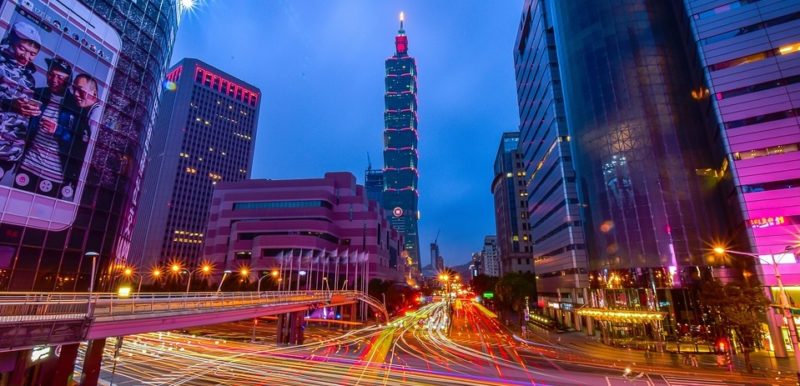
Evening in the capital city of Taipei
On my way to visit mainland China (or the PRC, the People’s Republic of China) years ago, I squeezed in a too-brief stopover in “Chinese Taipei,” aka the ROC (Republic of China), considered by the former to be something of a misbehaving renegade province. I made a beeline to the capital city Taipei’s National Palace Museum and what is incontestably the finest collection of imperial Chinese art on the planet. But I left the island knowing little else about the country (save for an immediate impression of great friendliness and world-renowned food), and zero about the mountainous hinterland beyond.
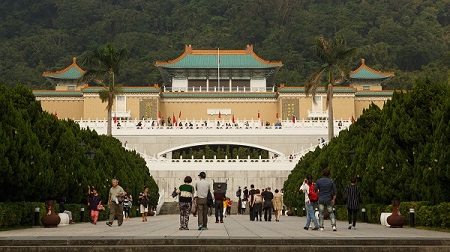
National Palace Museum, Taipei
I had little inclination to linger and explore, but today’s tourism powers are successfully shattering that attitude. A slowly growing number of North American tourists are visiting the island formerly known as Formosa (aptly named by 16th-century Portuguese sailors, who used the word for “beautiful island”). When the travel ban relaxed in 2008, mainland Chinese tourists began to arrive by direct flights in great numbers, curious to explore the similarities (cuisine, culture, language) and bewildering differences (democracy) that have long bound and separated the two Chinas. Japanese, too, love to visit: Japan’s 50-year occupation of Taiwan ended in 1945, but many of Taiwan’s old-timers still speak some Japanese, and the country’s many onsen hot springs are enjoyed by visitors and locals alike. Such a preponderance of Asian tourists is only a good thing for US tourists looking for a fascinating, exotic, and safe adventure that is not overrun—nor is it barely acknowledged—by fellow American travelers. Asia’s best-kept secret hiding in plain sight? Sounded good to me.
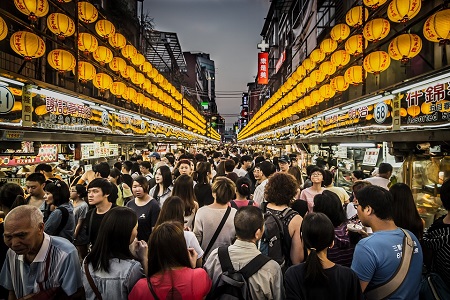
Night markets are a feast for the palate.
I recently returned to find that Taiwan had evolved into a flourishing democracy, a lasting point of contention with the PRC. Today’s prosperous, modern low-rise Taipei is its political and financial heart, with an educated population of 2.7 million and an easygoing sophistication stemming from a high standard of living. Streets are lined with noodle shops and traditional teahouses cheek by jowl with Starbucks, 7-Elevens, shiny shopping malls, big-name hotels, and the skyscraping Taipei 101, its name taken from the number of its floors. (It had been the world’s tallest building until Dubai’s Burj Khalifa was completed in 2007.)
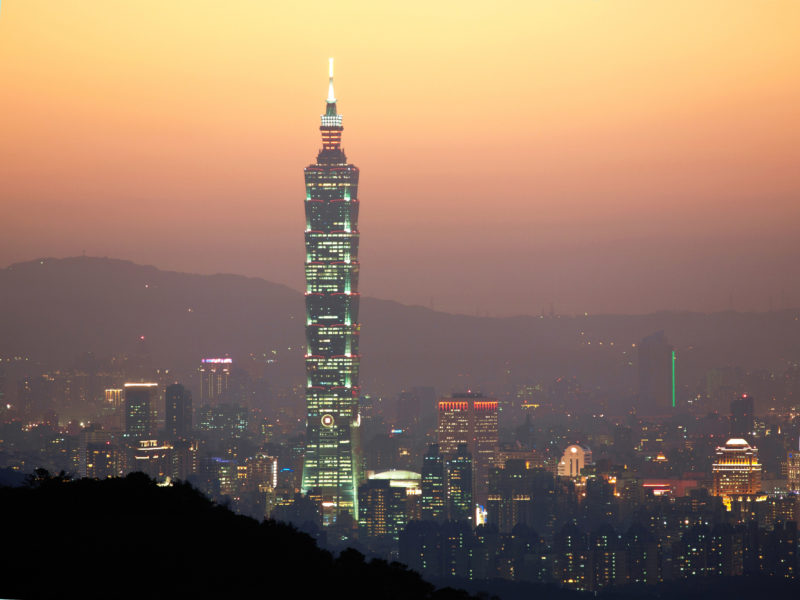
Taipei 101 is the country’s highest building.
If it’s really good food you’re after, you needn’t look far: Taiwan has long enjoyed a reputation as having the finest food in northeast Asia. Most say it is more delicious and varied than its mainland counterpart, Beijing, as an hour spent in any of the crowded and brightly lit night markets will confirm.
The diversity of xiao chi, or “small eats,” follows the philosophy of “eat often and eat good,” from spicy-sweet grilled sausage and lurou (braised pork over rice) to the Taiwanese hamburger (steamed white buns filled with tender pork, crushed peanuts, and pickled cabbage), scallion pancakes, oyster omelets, and the acquired-taste dish called stinky tofu. Myriad are the options of ambitious upscale restaurants and their reinterpreted presentations of Taiwanese cuisine, but one could argue that they are minus some of the fun factor.
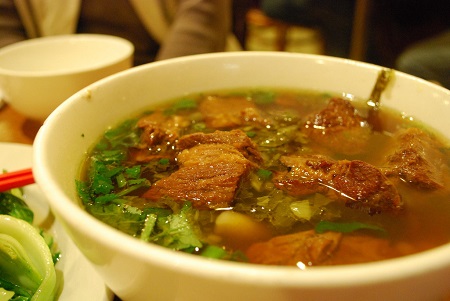
Taiwan is world renowned as a culinary destination.
A return visit to the capital’s National Palace Museum found it recently renovated, rivaling the newest museums in the West and proudly deserving of its moniker “the Louvre of Asia.” It was packed to the rafters with school groups and Chinese tourists who come in droves to view the treasures they contend were wrongly taken from Beijing’s Forbidden City (where a cache of lesser items remain) and which they believe should be returned immediately. The back story is film-worthy: Approximately 700,000 artifacts, for centuries the bulk of the emperors’ private collection, were famously carted off by Chiang Kai-shek’s Nationalist government to safeguard them from the advancing Japanese Imperial Army and the Communist army of Mao Zedong. Some 3,000 crates ultimately would up in Taiwan, where Chiang, his 2-million-strong army, and his followers retreated in 1949 when China’s civil war was lost to the Communists.
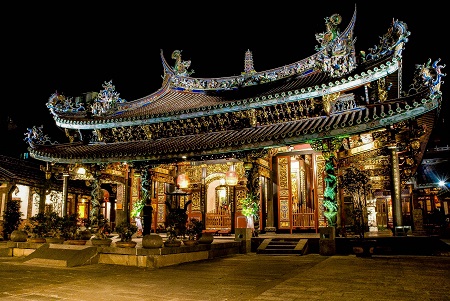
Baoan Temple, Taipei
There are over 15,000 temples in Taiwan, and the city’s Longshan Temple is one of the best to soak up Taiwan’s vibrant and often multidenominational religious traditions, or elegant Baoan Temple, possibly Taipei’s most beautiful. Visit in the early evening when they are the busiest with worshippers young and old and admire how the fantastically gilded and lacquered pillars seem to glow.
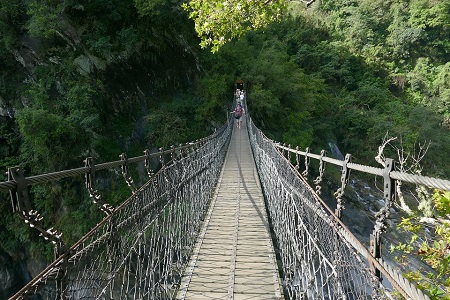
Taroko Gorge
Escaping Taipei’s urban sprawl is easy and highly recommended. It’s a scenic three-hour drive through the breathtaking beauty of the island’s east coast to the serpentine and steeply chiseled Taroko Gorge. The 12-mile-long road that cuts through the national park (one of eight on the island) is an engineering marvel, involving 38 tunnels and a procession of bridges through dramatic, marble-walled landscape. A network of easy hiking trails allows you to enjoy it up close and personal. Taiwan’s most famous natural wonder takes its name from the aboriginal Taroko people who still live there, one of 13 tribes of Austronesian origin in Taiwan that are officially recognized by the government (and whose densest concentration is here on the east coast), and comprising about 500,000, or 2% of the island’s population.
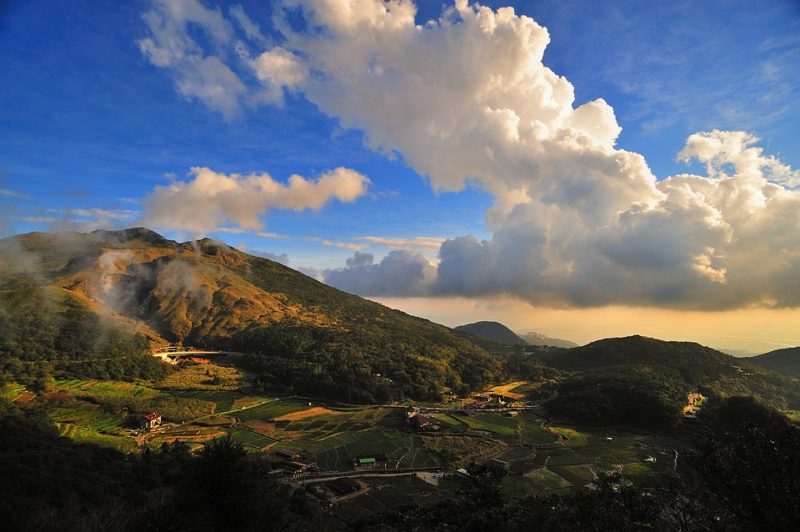
Taiwan is one of the world’s most mountainous countries.
Approximately the size of Vancouver Island, Taiwan offers other seriously underrated natural wonders to explore: Head inland to Sun Moon Lake, the country’s largest freshwater lake and an all-around “honeymoon heaven” that was the favored retreat of Chiang Kai-shek. A postcard-perfect corner of the country with rolling green hills and nature walks, it’s famous for its clear, jade-colored waters that are perfect for boating and kayaking. A beautiful 20-mile bike path hugs the lake’s contours, and bikes are available to guests at lakeside hotels.
With 258 peaks that are over 9,000 feet high, Taiwan is one of the most mountainous places on Earth. Northeast Asia’s highest peak is the 12,966-foot Yushan, or Mount Jade. It is an extremely popular climb and the centerpiece of Taiwan’s largest national park. The sunrise spectacle known as the “sea of clouds” can be witnessed at Alishan National Scenic Area, loved by city dwellers who come for the high-mountain tea plantations and pristine hiking trails through misty old-growth forests and aboriginal Tsou villages.
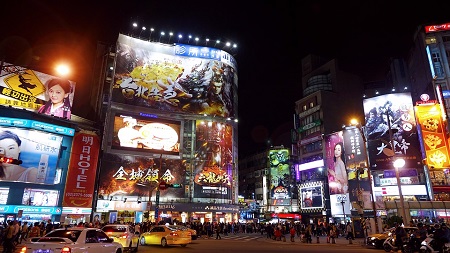
Taiwan boasts an advanced and flourishing economy.
And then there are a dozen or so other urban destinations that fill out the island’s appeal, namely those in the south, led by Tainan, the former capital and oldest city in the country, which is worth visiting for its Dutch-built forts, temples, dynamic food scene, and famous night-marketsnacks.
A week is barely enough time to skim the island’s highlights, and they were mighty impressive. I learned a lot about the incredibly friendly people and life in the shadow of their giant neighbor just 100 miles across the Taiwan Strait. As Taiwan pursues its separate identity, it is resigned to being unrecognized by the major powers of the world. Yet it carries on with hometown pride, and I, for one, was won over.
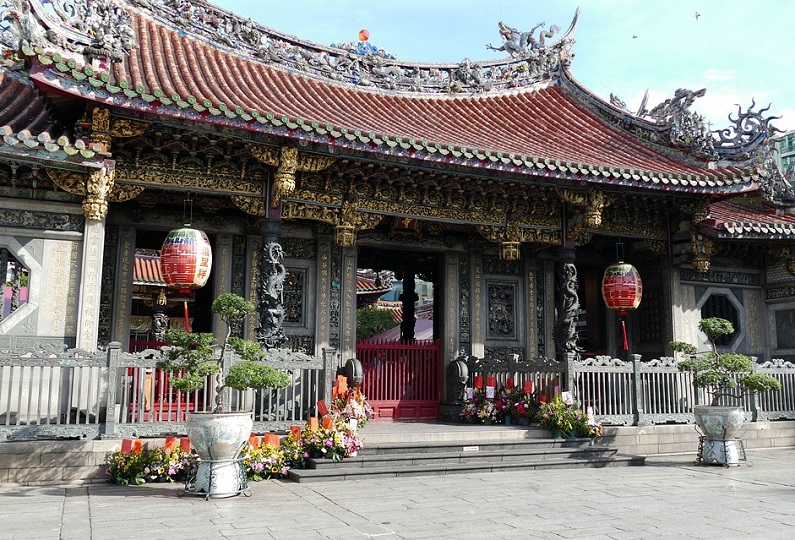
Taipei’s Longshan Temple is one of the country’s principal religious sites.
And don’t forget to check out the book!
 About the Book:
About the Book:
The world’s bestselling travel book is back in a more informative, more experiential, more budget-friendly full-color edition. A #1 New York Times bestseller, 1,000 Places reinvented the idea of travel book as both wish list and practical guide. As Newsweek wrote, it “tells you what’s beautiful, what’s fun, and what’s just unforgettable—everywhere on earth.” And now the best is better. There are 600 full-color photographs. Over 200 entirely new entries, including visits to 28 countries like Lebanon, Croatia, Estonia, and Nicaragua, that were not in the original edition. There is an emphasis on experiences: an entry covers not just Positano or Ravello, but the full 30-mile stretch along the Amalfi Coast.
Every entry from the original edition has been readdressed, rewritten, and made fuller, with more suggestions for places to stay, restaurants to visit, and festivals to check out. And throughout, the book is more budget-conscious, with starred restaurants and historic hotels such as the Ritz, but also moderately priced gems that don’t compromise on atmosphere or charm.
The world is calling. Time to answer.
Buy the Book
Amazon | B&N | Indiebound | Workman

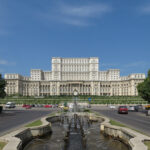
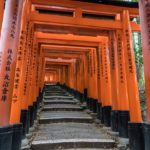
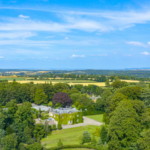
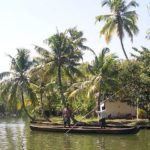
No Comments